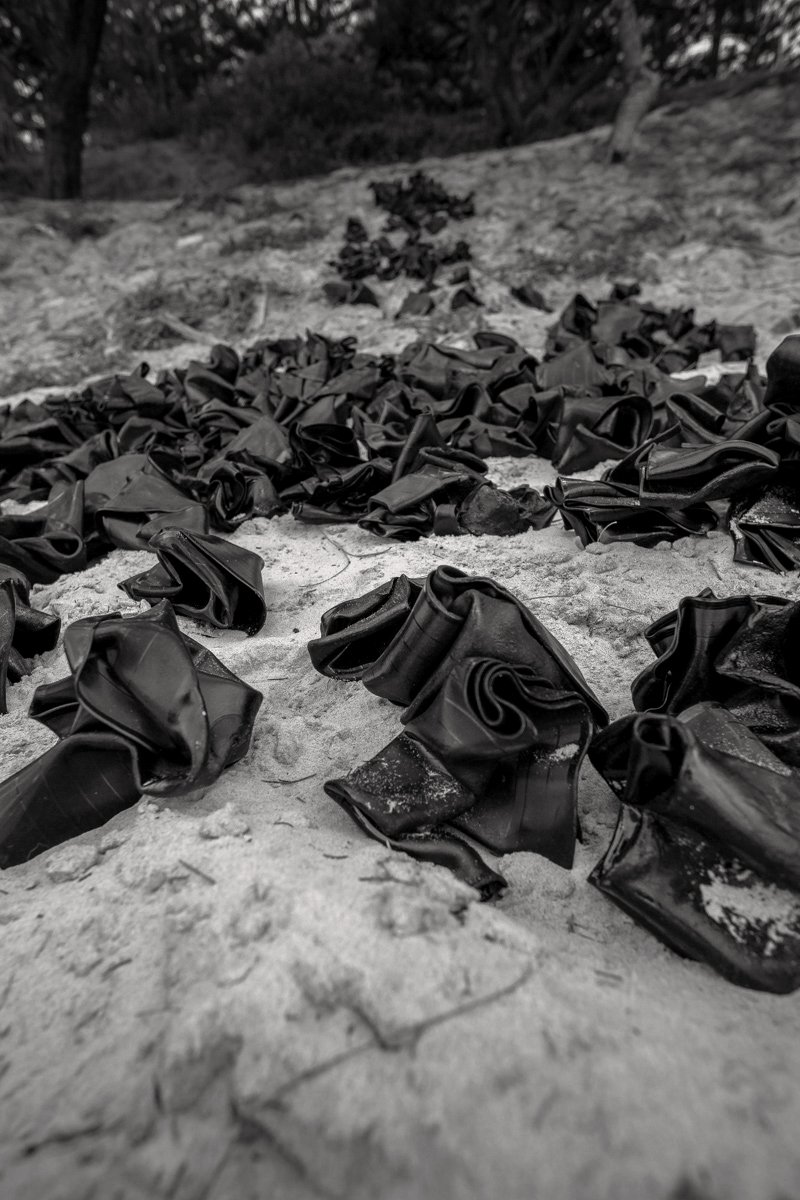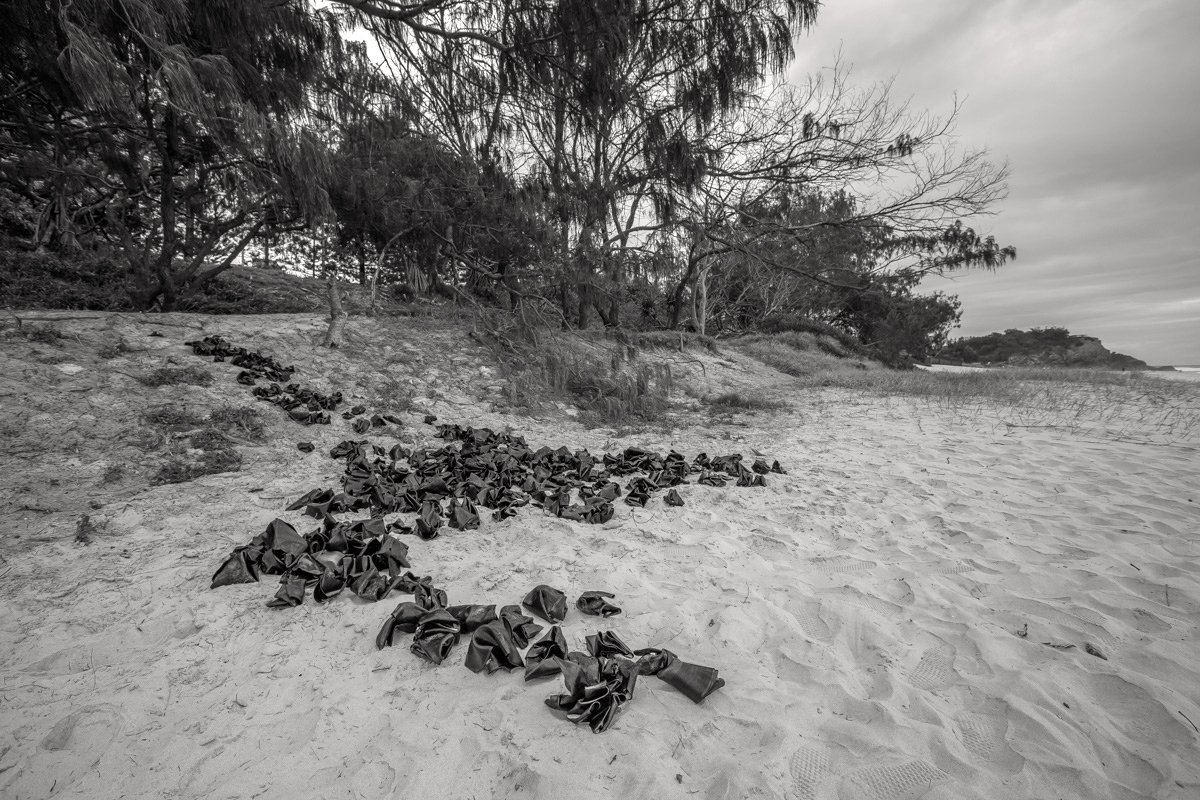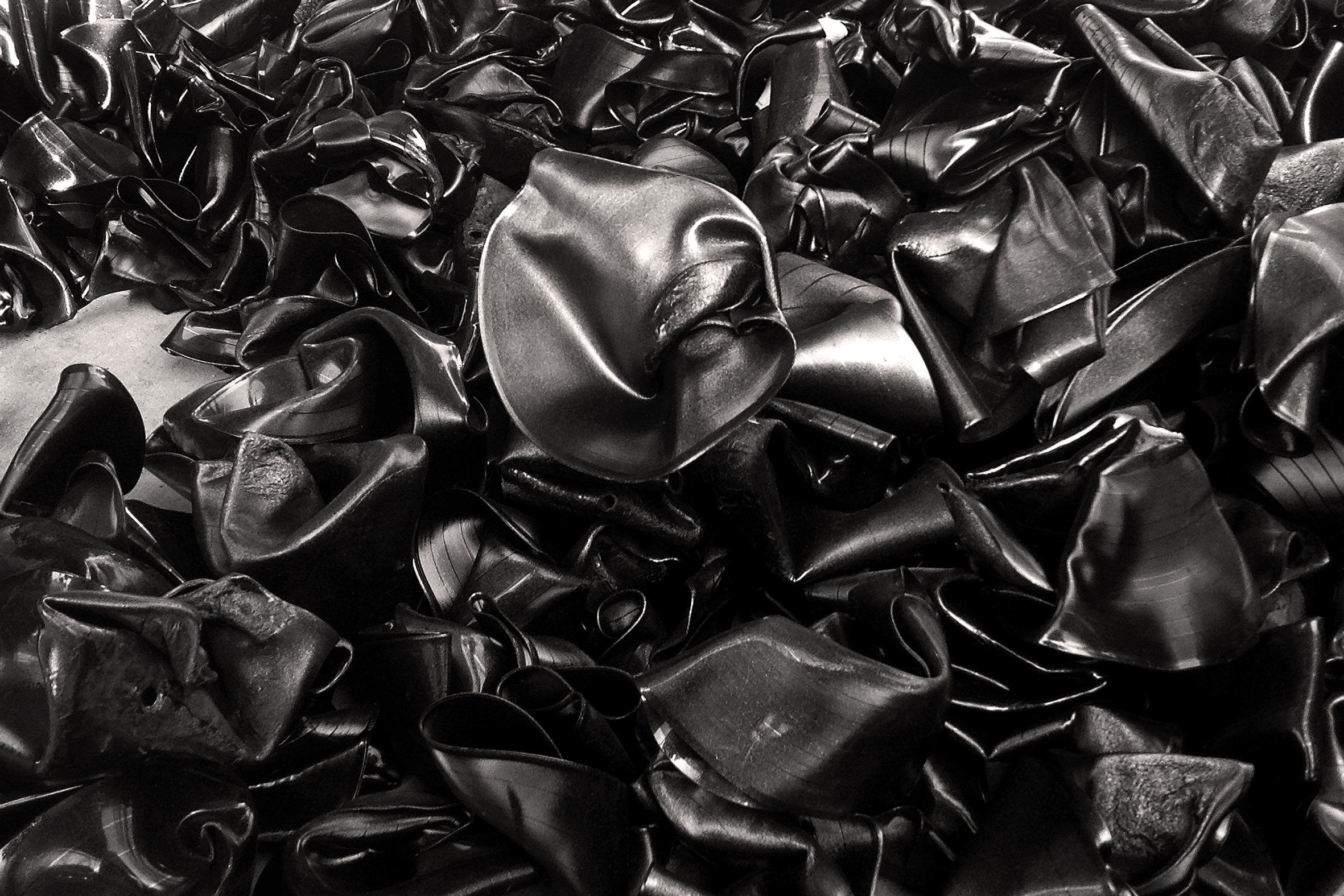Dhanamenta
One day exhibition & guided art-walk/ Dates: 24 October 12:00- 4:00pm, 2015/ Venue: The Walls and Miami beach.
Gold Coast City from Burleigh Heads, Qld Australia.
Event Description
Dhanamenta is a one-day art event organized by curator Dhana Merritt. The title is a cheeky play on DOCUMENTA - a famed and prestigious outdoor and site-specific survey of international contemporary art. Dhanamenta is intended to be a more personal and closer-to-home experience, showcasing emerging artists based on the Gold Coast. This outdoor exhibition explores the changing landscape of the ever-growing Gold Coast city, encompassing both its natural and fabricated beauty. The artists involved are Ali Bezer, Megan Cope, Ursula Cooper, Sari Kivinen, and Justene Williams, who reflect on place and respond to those have visited, played, and left their mark on the GC. The event starts at The WALLS Artspace and spreads across various locations around Miami - from North Burleigh to the Bora Ring.
Participants can use a map to discover the outdoor art offerings themselves or join the walking tour with curator Dhana Merritt at 2 pm.
Dhana Merritt, Exhibition Blurb, 2017. 
"Rock ‘n’ Roll", 2015. Melted and reshaped vinyl records collected from Gold Coast op-shops. Installation view at Miami Beach, Gold Coast, 24th October 2015.

Rock ‘n’ Roll, 2015. Miami beach, 24th October 2015.

Rock ‘n’ Roll, 2015. Miami beach, 24th October 2015.

Rock ‘n’ Roll, 2015. DETAIL
Artwork Statement:
The hundreds of records featured in Rock and Roll (2015) were distorted, degraded, and transformed from their original identity to become a visual representation of noise. All the records were individually submerged in boiling water until the vinyl became pliable. This pliability of the physical material references the way sound editing technologies bend, stretch, and layer sounds. Each soft record was folded onto itself while it was still hot. I clenched and grasped the hot vinyl in my hand until it set like a rock. In this way, the record captured the shape of my grip.
The rock-shaped records were then blasted with the flame of a blowtorch that burned off the labels, concealing the original identity of the recordings. The flame of the blowtorch also caused the records to melt and bubble in areas and produced a layer of soot that collected into the folds. The records gained a more organic appearance from this process like charcoal or cooled larva. This contributed to their integration into the natural environment.
It is known that dust or dirt on a record causes undesirable scratches and grainy noises. Ironically, for these records, noise and detritus were my intended. They were tossed and buried in sand which added more abrasions to the record surface. They were no longer about music or pristine sounds and were instead about the inevitable degradation of an analog recording over time. Interestingly, when a record is coated in dust and grit the noise it makes has a resemblance to the sound of distant crashing waves.
What was once music that resonated in homes and clubs on the so-called ‘glitter strip’ has ultimately become disregarded and forgotten. The artwork could be interpreted as a transformation of these once cherished records into a visual manifestation of noise from the coastal strip instead. Yet the artwork is also a tribute to those washed-up musicians and the technology that attempted to immortalize them.
-Ali Bezer, 2015. 